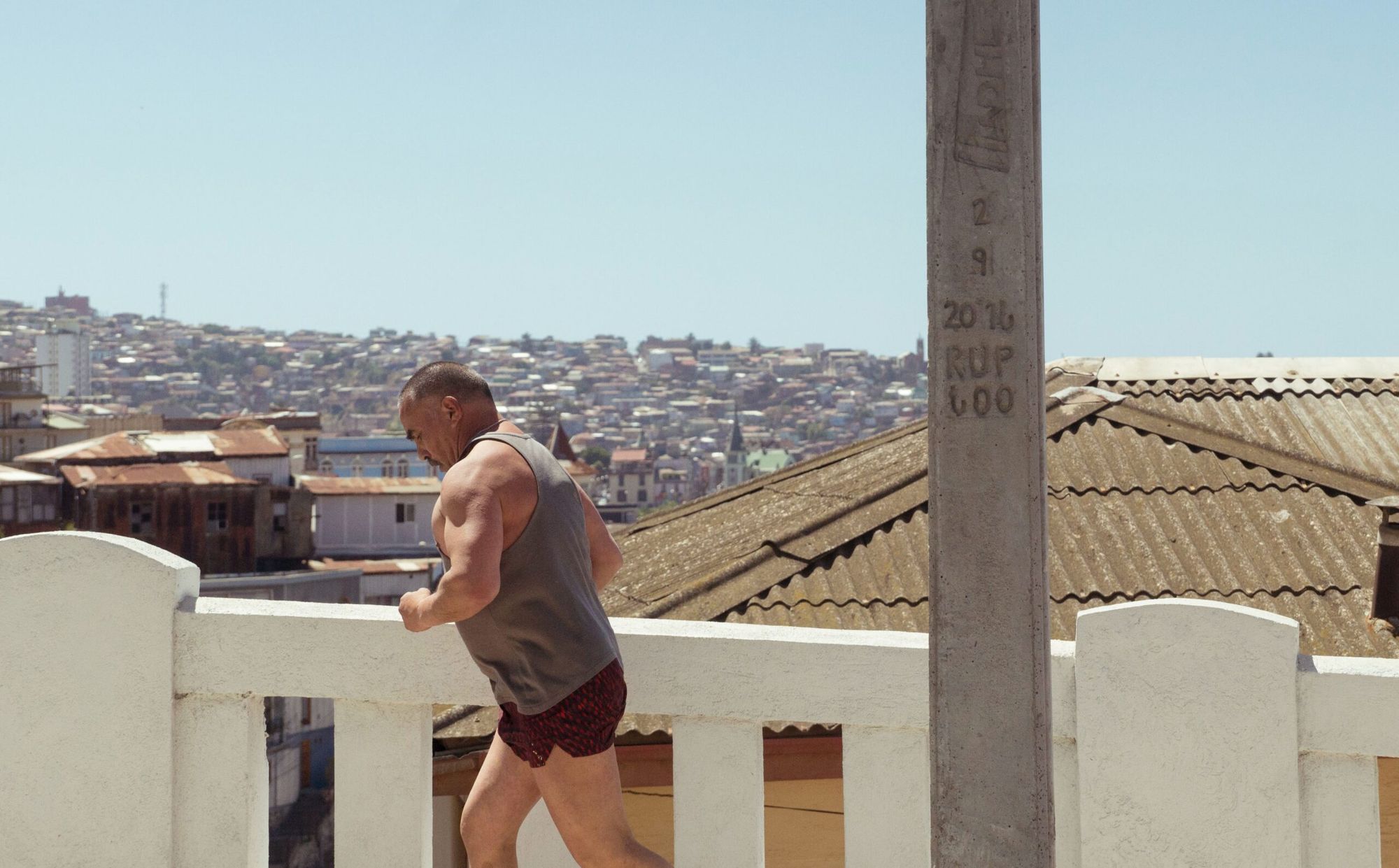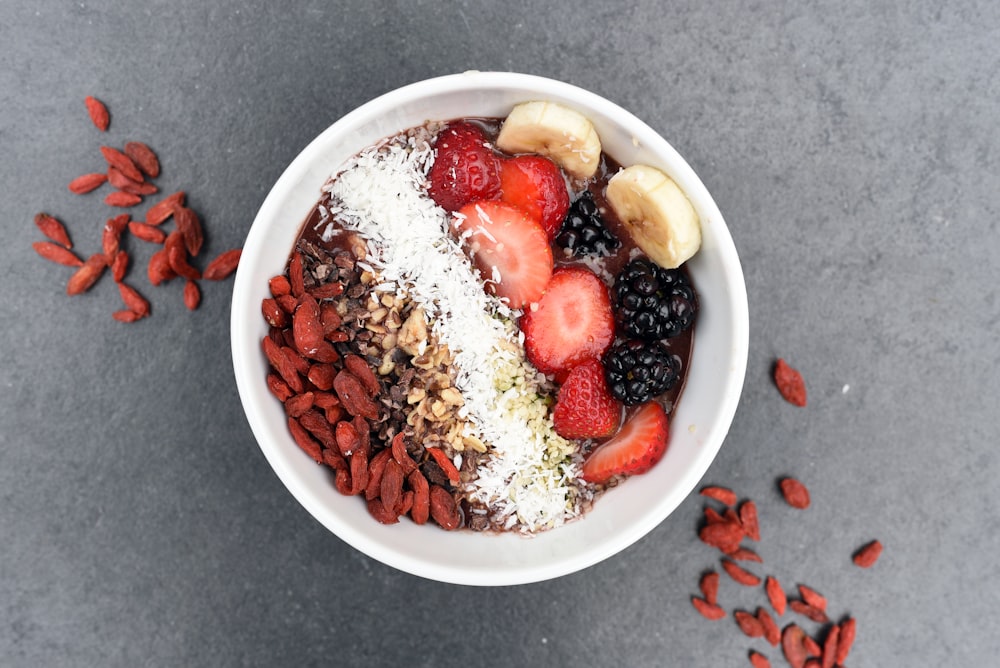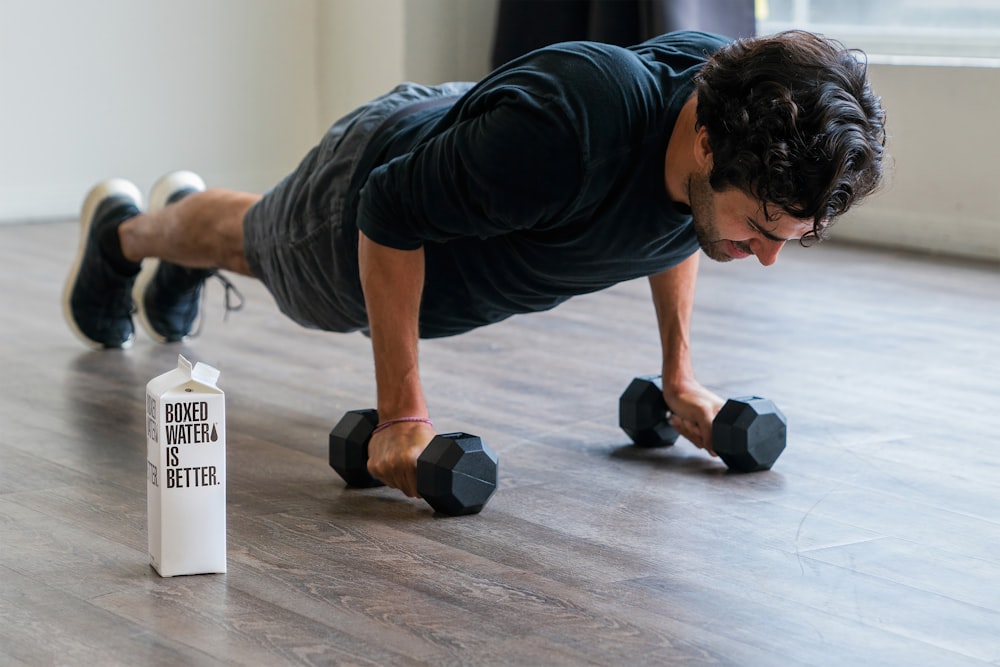
As we get older, losing weight, shedding pounds, getting in shape and staying fit becomes more challenging and takes longer than we’d like. If you’d like to master how to start getting fit after 40, it won’t be as easy as it was when you were in your 20s or 30s. It might take longer to see results, but getting fit after 40 is still very possible and very likely if you take the right steps.
Just because it takes longer to see results when you’re learning how to start getting fit after 40, doesn’t mean you should give up. It’s natural for the pounds not to fall off as fast as they did when you were younger, and it’s also natural for it to take longer to see tone and muscle definition as we age.
Unfortunately, as we age, we have more stubborn visceral fat in our bodies, our metabolism can slow down, we have less muscle mass to work with at the gym, we need fewer calories, and we may even have less energy to exercise. However, no matter your age, it’s important to focus on keeping fit.
It’s never too late to start getting fit after 40. You just need to know how to prioritize your health and fitness, make lifestyle changes, and speak to fitness experts to get some tips.
How To Start Getting Fit After 40: The Mindset and Lifestyle Shift
For most people, the best way to start getting fit after 40, is to ease into it, and have a plan of action including lifestyle changes and tips from professional fitness experts. Depending on your situation and health, you may need to speak to your physician and embark on an exercise program which involves stretching properly before exercise, and gradually increasing your levels of aerobic exercise.
A personal trainer who is also a kinesiologist can help you learn which exercises suit you best for optimal results, at a private gym.
You may also need to find some ways to motivate yourself. Because the path to good health can be tougher after 40, it’s important to have something to keep pushing yourself toward. You might decide to focus on getting fit for the benefit of your children, your future, or your career.
Perhaps you’re 40 and single and wanting to get fit to gain the self-confidence needed to date, or you’re 40 and divorced, needed that confidence boost to get back out there.
Some of the most important things to consider when trying to start getting fit after 40 include:

1.Reduce your Calorie Intake and Create a Caloric Deficit
As you get older, the number of calories you need will decrease. Your metabolism will slow down, so you won’t have the same energy requirements. Estimates suggest women will need around 1,500 calories per day after the age of 40 to lose weight, while men need around 2,000 calories.
It’s backed by science that if you burn more calories than you consume each day, you will lose weight. To find out what number of calories your body burns at rest in a typical day, read this article on calculating Total Body Energy Expenditure (TDEE). Tips for creating a caloric deficit can be found here, in this article about safely counting calories and creating a caloric deficit for weight loss.
You can get a more accurate reading of your calorie needs by considering your existing weight, your height, your lifestyle and your Total Daily Energy Expenditure (TDEE). These stats about yourself can be entered into a caloric deficit calculator easily found online.
For instance, a 37-year-old woman weighing 155 pounds, who is around 5 foot 4 inches tall will need approximately 2,000 calories per day to maintain her weight. To lose weight, she’ll need to create a “calorie deficit”. This means cutting your calorie intake to slightly lower than you need, perhaps to 1500 calories per day.
2. Learn Portion Control Strategies
A good way to reduce your calorie intake is to minimize your portions and learn portion control. If you learn portion control, you could learn how to start getting fit after 40 more easily. Try getting smaller plates so you don’t feel you need to fill a larger space with food. You can also track your calories using a calorie counting app.
Some people like to read the nutritional label on the back of a box of crackers, for example, and it says that 14 crackers is 90 calories, they only put 14 crackers in their snack bowl, and put the box away. Learning portion control is something that takes time, but you’ll get the hang of it.
3.Adjust Your Diet
If you’re wondering how to start getting fit after 40, know that it’s not just about working out more often and eating the right number of calories. Those factors matter, of course, but you’ll also need to think about where those calories come from. Too many carbs, for example, will cause blood sugar spikes which can lead to more late-night snack cravings and poor food choices. Alternatively, adding lots of filling fiber and protein to your diet can help you shed weight more easily, without still feeling hungry after a meal.
Protein is great for building muscle mass and increasing feelings of satiety, so you’re less likely to snack. Consider eating more lean meats such as chicken and fish. Brown rice is great too. Low energy-density foods are particularly beneficial. Broth-based soups and vegetables have fewer calories, so you can eat more without overdoing it on your energy intake.
Eat plenty of healthy fats to regulate hormones and keep your body running efficiently, such as salmon, seeds, and nuts. Try to increase your fiber intake too. This will help to keep your weight in check and regulate your digestion. 100% whole-grain products are excellent for increasing fiber.

4. Significantly Increase Your Activity Level to Start Getting Fit After 40
Getting fit also means being much less sedentary and boosting your activity levels. Exercising more often will help you to lose weight, widen your calorie deficit, and keep your muscles strong. However, don’t jump too quickly into vigorous activity. If you haven’t been highly active since your 20s, doing too much at once can increase your risk of injuries.
Start slowly with moderate-intensity exercise that is low impact, such as brisk walking or jogging. There are many reasons why these low impact exercises are better options to start with if your goal is to master how to start getting fit after 40.
Spin classes are another fantastic workout if you want to master how to get fit after 40, because getting fit requires cardo. Spin classes (or indoor cycling) are fantastic, fat-burning cardio workouts that are low-impact, perfect for beginners, and guess what? You can burn up to 1,000 calories in one 50 minute spin class.
Cardio workouts will be integral to your success, because they burn calories and keep your heart in good condition. It’s also worth strength training, too. Strength training and weight lifting at the gym can involve your own body weight such as squats, equipment such as deadlifts, and general weightlifting. It helps to increase muscle, and preserve lean muscle mass. Try squats for building leg strength and core strength at the same time.
As you work on increasing your exercise levels, remember to leave plenty of time for recovery. Exercise, though crucial, can create mini tears in your muscles which need time to heal before your next session. Give yourself plenty of time to recover between each intense session. Aim for intense exercise 3 – 4 days per week.
Many people over the age of 40 also have tissue and joint issues which can be exacerbated by exercise. Reduce your risk of injury by:
- Warming up before each activity session and stretching the muscle groups that will be used
- Cooling down after every workout and stretching the muscles that were just used
- Taking plenty of rest between each session
- Avoiding high-impact exercises which might harm the joints
- Staying hydrated throughout exercise sessions.
5. Look After Yourself
Since getting fit and staying healthy after 40 is more difficult, it’s important to care for yourself correctly. One of the most valuable tools you have is good sleep. Lack of sleep can prevent you from losing weight at the right speed. It also makes it harder for you to find the motivation you need to keep working out and improving your health.
A good rule of thumb is usually to get between 7 and 9 hours of sleep per night. This will help to balance insulin production and reduce cortisol levels. Speaking of cortisol, this stress hormone can also cause increased appetite and cravings for poor food choices.
Fight back against stress by managing various relaxation techniques. Try journaling, meditating, or yoga to keep your stress in check. Even getting out into nature can help to alleviate stress. A walk through the park or a green area helps to relax the mind, while keeping you active.
6. Find Out The Optimal Diet and Fitness Routine For You, Based on a DNA Test
Get to know your body and what it needs in advance with a DNA test from CircleDNA where you can read your genetic diet and fitness reports, as this will help you to get a better idea of what kind of food you should be eating based on your DNA, and which activities you need to do. One of the hundreds of genetic insights you’ll receive from CircleDNA includes information on your genetic strengths and weaknesses when it comes to fitness, so you can customize the ideal fitness routine. If you want to learn how to start getting fit after 40, you should be aware of your genetic strengths and weaknesses. It might also be helpful to speak to a doctor, dietician, personal trainer or kinesiologist about your specific goals and hindrances.
How to Start Getting Fit After 40: The Bottom Line
It’s never too late to get fit and improve your health. While getting fit after 40 can feel more challenging than it was to get fit when you were younger, it’s far from impossible. You simply need to be willing to put in the time and effort to achieve your goals. When you’re asking yourself how to start getting fit after 40, you should remember that it’s doable, but you do have to be patient while waiting for results, and not give up.
Remember, there’s more to feeling good after 40 than successfully getting more fit. You also need to think carefully about eating healthy for longevity, practice good stress management, and ease your way into activity in a way less likely to cause injury.






